There’s tons of sites to learn ASL, thanks to the boom in online classes. If you’ve ever wanted to learn American Sign Language, there’s never been a better time. But which are the best?
In listing the best sites to learn ASL, I’m reminded of the worst ones, too. I’m not being negative, it’s just obvious when someone is taking the latter type of course. Exhibit A:
The statement that sends my Deaf eyes rolling:
“I’m learning sign language on YouTube!”
More often than not, this statement is then followed by the telltale (front AND backend) “Bulls**t” sign accompanied by the signer’s wild cackling/knee slapping.
I’ll share a little secret with you: DEAF PEOPLE DON’T USE THAT SIGN. Seeing it in use just signals to us that the person looked up swear words and it’s the only sign they know. Clown flag, basically.
Learn ASL from Deaf instructors
But YES, we actually do want hearing people to learn American Sign Language. Authentically, functionally – from other Deaf people and fluent signers, generally.
And then… respectfully. You are a visitor learning about another culture and full-on language. An INSTITUTION, man. You can’t cherry-pick certain signs or learn to only fingerspell and think you’re ready to TikTok your very own Ariana Grande cover in ASL. Can you imagine what it’s like for a fluent signer to watch something like that? I mean, I don’t profess to *know* Spanish from the few phrases I learned from Sesame Street or working in restaurants in So Cal so I’m quite shy should I have to subject a fluent Spanish speaker to my “more ice, please”. C’mon… it’s CRINGEY.
Nevertheless, people love to watch sign language videos, and often ask where they can learn – which is great if they’re truly interested.
WHERE should people learn ASL?
Pre-COVID, I always pointed people to in-person community or university classes taught by Deaf, ASL-fluent instructors. I still encourage that first and foremost. But if you don’t have strong ASL community resources available, the internet holds the potential to remove that barrier… IF you know where to look. Since COVID, there’s simply more options are available online.
Unfortunately, a lot “ASL” you see online is produced by those who are not fluent. And when they ARE fluent, the majority of them are hearing and/or non-native signers.
I don’t know about you, but when I want to learn anything about another language, I’ll ask a NATIVE USER of that language. I mean, would you rather learn French from someone who lives in Paris or someone who commutes in quarterly from Milwaukee? Right.
But they can be challenging to find because it’s hard for the non-ASL user to know what’s what. A general search of Google or on Youtube generates the slickest $$$-thrower ads up top with some murky results following. The untrained eye will not know if it’s Deaf-created or supported, so I have compiled this handy-dandy LIST of online ASL learning resources that are thumb-up LEGIT.
LifePrint (AKA “ASL University”)
The online pioneer Dr. Bill Vicars started offering his site to learn ASL in 1997 (!) as a way to reach parents of Deaf children in rural communities who otherwise did not have access to ASL classes. He also provided the site as practice for his “day job” students at Cal State Sacramento and decided to offer access to the public for FREE. While it has no frills or dazzle, a little elbow grease and planning will give you QUALITY, straightforward ASL videos. And, he’s amassed quite a database in the form of an alphabetized dictionary. A paid course is also offered for university credit if you need that, but that’s just a cool “perk” if someone is looking for it. I regularly recommend this one to students as a supplement. I mean, it leaves you feeling slightly ridiculous because really – why AREN’T you using this?
ASL Champs
Full disclosure: I work here. ASL Champs started as an in-person community class in the Richmond, VA area around 2016-17 and has expanded into live ASL Zoom classes. ASL Champs offers 8-week sessions 5-6 times per year. Classes meet one day per week for 60-90 minutes each. Weekly class recordings, review videos and e-notes to boot. $100 per student. Private instruction, tutoring and custom private classes are also avail for groups of 2-12 – prices available upon request. Yes, I’m biased. But hey, we’re awesome.
The ASL app
I’m not the biggest app person, but this is a great one. So much useful free content, common phrases, numbers, words. You’ll feel confident with some real conversational tools right off the bat. Beyond this, you can pay $1 for each topic “bundle” as you go or $10 for the content of ALL the current and future packs. Forever and ever. To me, that’s money well spent.
ASL Connect
Straight outta Gallaudet University, the only liberal arts college for Deaf and hard of hearing students where the predominant language used by EVERYONE is ASL, ASL Connect is EXTREMELY well done. Modern and sleek with lots of free content including a basic signs video database and lesson modules to not only get you conversing but also KNOWING the cultural component because it’s explained so well. It touches considerably on topics such as APPROACHING people in ASL before even greeting them. Rather than, I guess… tackling them. There’s also a separate section for online classes you can take formally for university credit and that takes you into typical college tuition territory ($950 for ASL 1). As with Lifeprint, that’s a great option for someone looking for that (think a high school or university student who cannot access such a class locally) but I think you could make great use of the free materials to get a good foundation. And, if furthering your studies in ASL in college is on your agenda, you’ll have this option.
DeafHands
Another awesome live class option, DeafHands offers classes in periodic 5 week sessions, prices from $100-$150. What’s most unique about these is I have seen classes offered specifically for families, individuals and “immersion labs” which gives students extra practice which is truly needed for those committed to learning long term.
Signed with Heart
This is a learn-on-Youtube (and also on instagram) channel but it’s the real deal for learning a lot of basic ASL, taught by a Deaf person with an accessible approach. There are MANY videos but each one is short and to the point which allows you to really *get* each thing before moving onto the next It also makes it searchable as you would a database – you don’t have to watch a long video lesson before finding what you’re looking for. I realize this means you could technically cherry-pick, but I know you’ll fight that urge. Heh. Free to use and offers a $15 fingerspelling class via self-paced videos.
American Society for Deaf Children (ASDC)
Live classes taught on Zoom! And what’s really cool is that they have classes specifically for teens and preteens, “storytime” zooms for younger kids in addition to beginning through advanced classes along with some speciality sign webinars. This means they’re always going to have fresh, quality content. Awesome for people serious about getting fluent without a long term class commitment upfront. A typical ASL class commits for 4 weeks and meets once per week for 90 minutes. $100. Pretty good.
ASLDEAFined
A subscription based site to learn ASL that provides access to 300 lessons and a huge ASL dictionary via the web AND their APP for a yearly fee. $36 for a typical user, and $12 for anyone working in education. AND it includes lessons on Deaf culture – yay.
So these are the sites to learn ASL that get my vote.
But, keep in mind, like all languages, they need to be used WITH OTHER PEOPLE – preferably, Deaf people whenever possible because, hello..
Of course, if you are enrolled in a live, in-person (or zoom) class taught in a *silent* environment by a Deaf person (ideally – not always going to be possible) who is fluent in ASL then you’re in the right place. Those classes are just not always feasible for everyone due to proximity, schedules, finances and of course.. COVID. My goal here isn’t to replace those classes, just offer a Deaf perspective on the best ONLINE curriculums that I’ve seen – so far! I’ll update as classes become available. Psst! Check out the new KIDS’ list here!
So you can see, the best sites to learn ASL are well within your reach.
But you should know that none of these sites are a standalone path to fluency. Classes can lay a good foundation, but becoming a functional user of ASL takes TIME and PRACTICE. Practice as in.. USING IT. Sign to us! Find out where your ASL community is (in person AND online) and keep practicing!
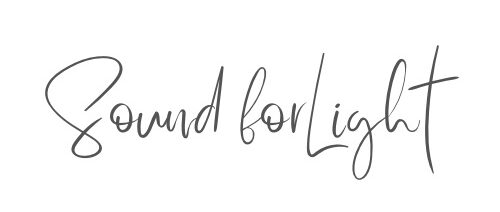
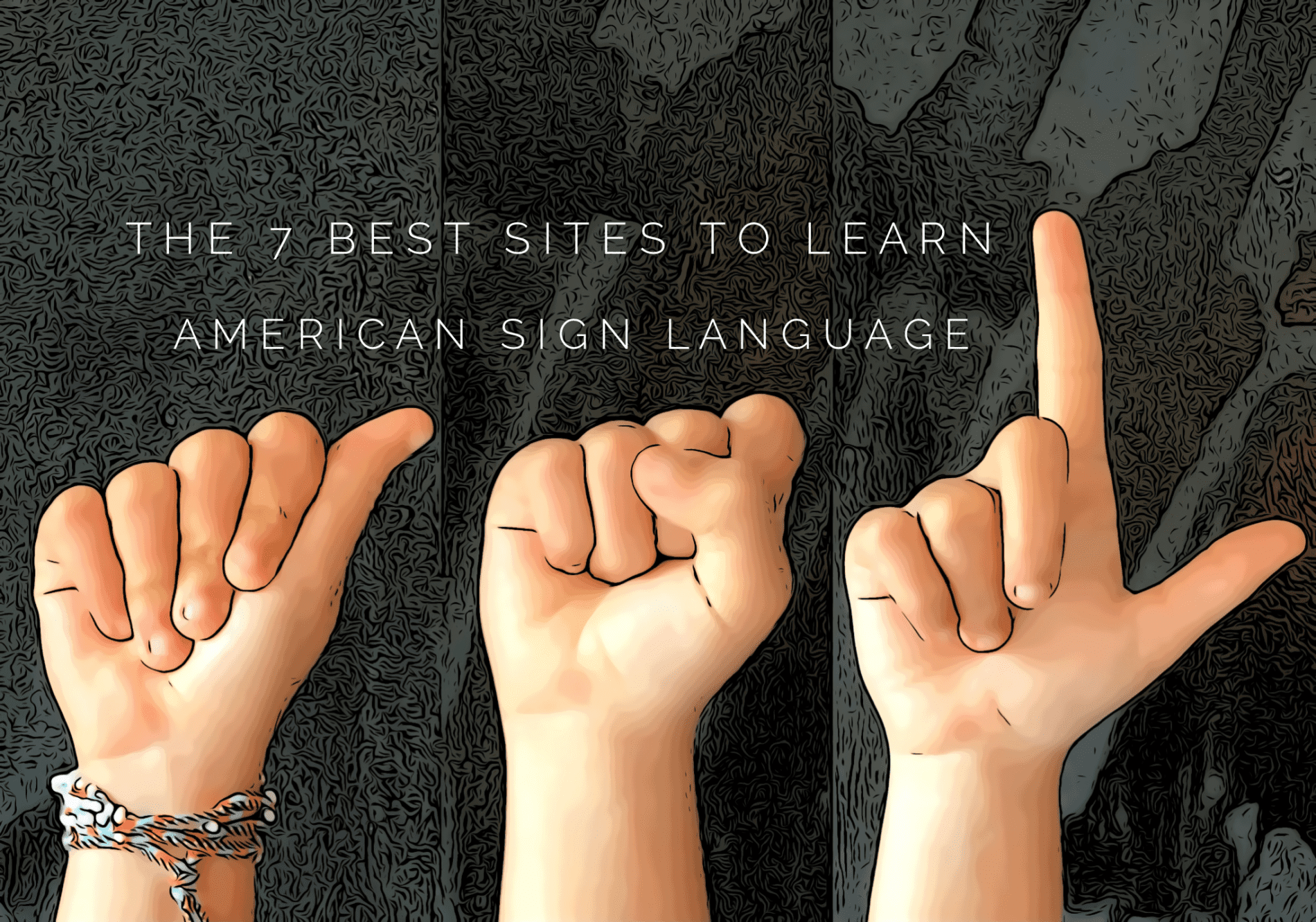




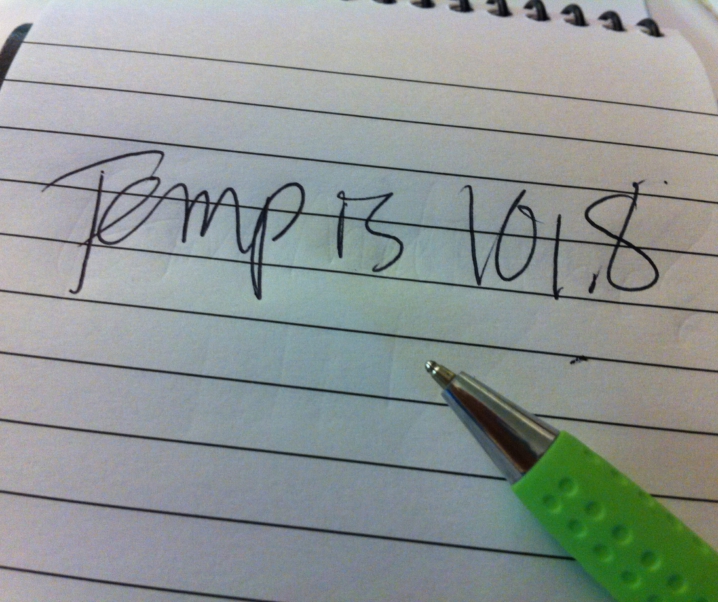
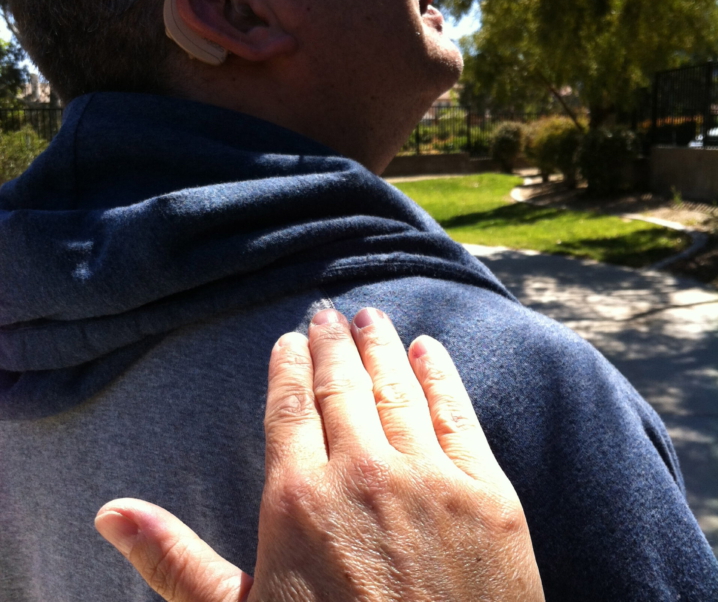
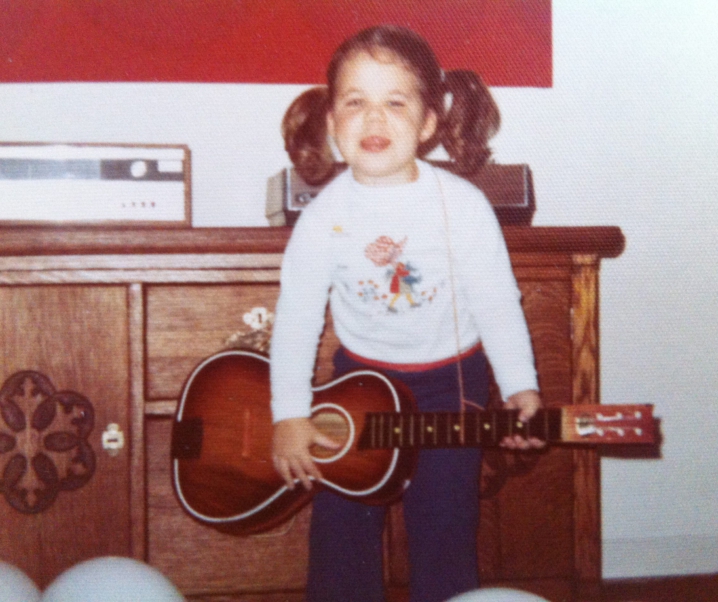

David Poirier
October 4, 2021Wonderful post and thank you. I have spent time on a few of these but discovered some new ones. Signing Savvy is also a good reference
JenLeora
October 4, 2021Thank you, David! I agree, I LOVE Signing Savvy! She’s amazing!